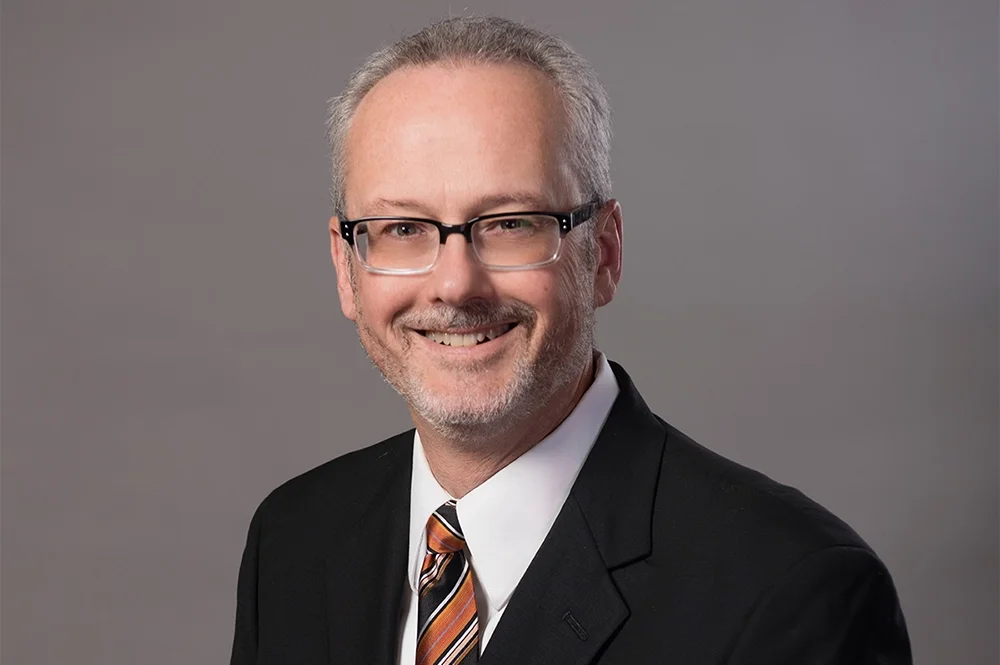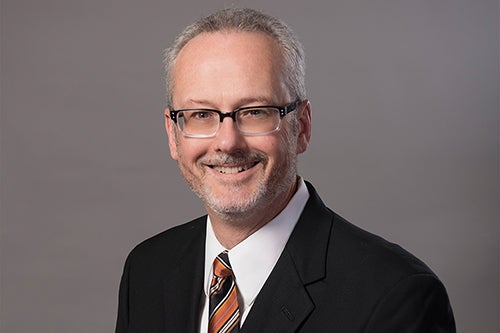

John M. Murphy, a professor of communication at the University of Illinois Urbana-Champaign, studies the history of American public address and political rhetoric. Murphy spoke with News Bureau research editor Sharita Forrest about President Donald Trump’s second inaugural address and how the rhetorical devices that presidents use in these speeches define the U.S. and their public policy goals.
Ideally, what do U.S. presidents’ inaugural addresses aim to accomplish? And how well did Trump meet these benchmarks?
Inaugural addresses seek to turn a partisan into a president. Much as preaching an ordination sermon shows that a candidate has become a pastor, so, too, does an inaugural address show that a partisan candidate has become president of all the people.
Was there anything striking about Trump’s second address and the rhetorical devices he used when referring to his policy agenda, the Congress and his definition of the U.S. and its standing in the world order?
First, President Trump used dark, divisive campaign rhetoric rather than the usual unifying, uplifting words that characterize normal inaugurals.
Second, an inaugural address usually offers only general principles, rather than specific policy, in order to unify the country behind new leadership. Trump listed a long series of bitterly contested executive orders that again divided the nation.
Inaugural addresses usually emphasize the humility of the new president as they face the profound responsibilities of the office. George Washington acknowledged “his own deficiencies” and nearly all presidents place themselves under God and rely on the help of the people.
Trump does not do so. In fact, he says he was “saved by God” to make America great again. His arrogance does not indicate he will respect constitutional limits.
How does the rhetoric of inaugural addresses given during wars, economic distress, and civil unrest differ from that of addresses delivered during times of relative peace and prosperity?
Surprisingly, they are not generally all that different. They acknowledge the challenges the country faces, but, consistent with inaugural addresses, they assure the nation that we can overcome those difficulties. Even as banks closed around the country in the depths of the Great Depression, President Franklin D. Roosevelt proclaimed in 1933, “This great nation will endure as it has endured, will revive, and will prosper.”
While most of these speeches quickly fade from the public’s collective memory, there are a few — such as those by presidents Franklin D. Roosevelt, John F. Kennedy and Ronald Reagan — that are recalled repeatedly. What elements of those speeches make them stand out?
They are often able to sum up enduring national principles in striking language. So, Abraham Lincoln called for unity and forgiveness in 1865 with a complex sentence that deferred its point until the end, with parallel clauses that defined the national feeling, and with specific, concrete images of bodies and people:
“With malice toward none, with charity for all, with firmness in the right as God gives us to see the right, let us strive on to finish the work we are in, to bind up the nation’s wounds, to care for him who shall have borne the battle and for his widow and his orphan, to do all which may achieve and cherish a just and lasting peace among ourselves and with all nations.”


